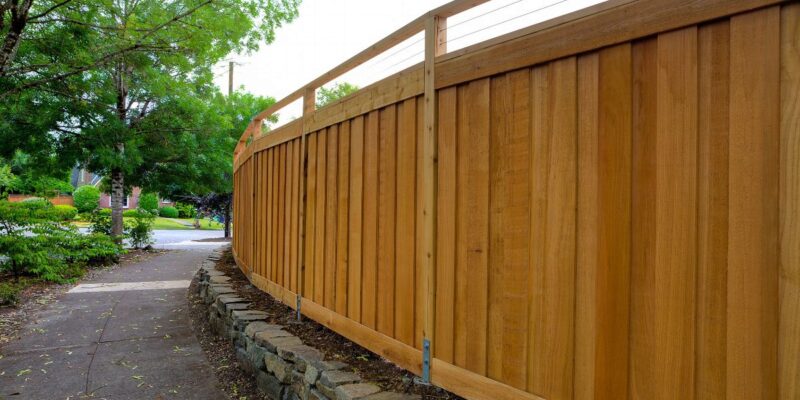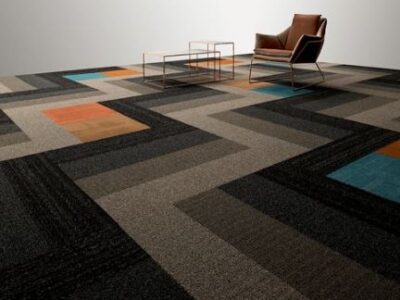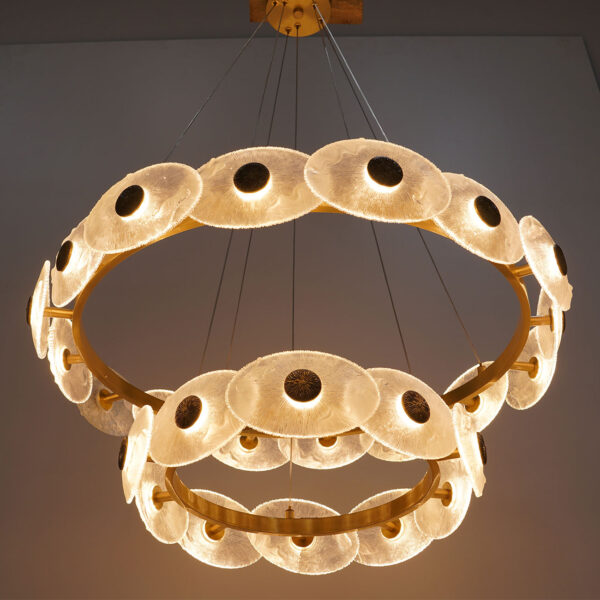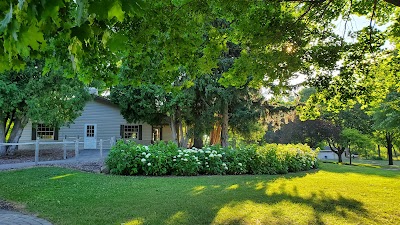
Wood fencing has been a popular choice for homeowners for centuries, offering a blend of traditional charm and functional benefits. Whether you’re seeking to enhance the aesthetic appeal of your property, ensure privacy, or define boundaries, wood fences provide a versatile solution. In this article, we’ll explore the numerous advantages of wood fencing, including design flexibility, functionality, and long-term benefits.
Aesthetic Appeal
One of the most significant advantages of wood fencing is its timeless beauty. Wood fences come in a variety of styles, from classic picket fences to elaborate wrought-iron designs, allowing homeowners to choose a look that complements their property’s architecture and landscape.
Customization Options:
Wood fences offer unparalleled customization. Homeowners can select from various wood types, such as cedar, pine, or redwood, each offering unique colors, textures, and grain patterns. Additionally, wood can be stained or painted to match any color scheme or finish, providing endless design possibilities.
Natural Charm:
The natural warmth and texture of wood add an organic touch to any yard or garden. Unlike synthetic materials, wood has a unique character that evolves over time, enhancing its appeal with a rustic patina.
Versatility in Design
Wood fences are incredibly versatile, making them suitable for various applications and styles. Whether you’re aiming for a functional boundary or a decorative feature, wood fences can be tailored to meet your specific needs.
Privacy Fences:
Tall, solid wood fences provide excellent privacy, creating a secluded retreat in your backyard. With the option to add lattice or decorative elements on top, you can enhance the visual interest while maintaining seclusion.
Security Fences:
Wood fences can be designed to offer security for your home. By incorporating features like vertical slats and sturdy posts, you can create a barrier that deters intruders while adding to the overall aesthetic of your property.
Decorative Elements:
Wood fencing can be adorned with various decorative elements, such as finials, post caps, or trellises. These additions not only enhance the visual appeal but also allow you to personalize the fence to reflect your style.
Environmental Benefits
Wood is a renewable resource, making it an environmentally friendly choice compared to synthetic fencing materials. Many wood fences are made from sustainably harvested timber, which minimizes environmental impact and supports responsible forestry practices.
Biodegradability:
Unlike plastic or metal fences, wood is biodegradable, breaking down naturally over time. This reduces waste and lessens the environmental footprint of your fencing choice.
Carbon Sequestration:
Trees absorb carbon dioxide during their growth, and wood products continue to store carbon even after they are processed. By choosing wood fencing, you support carbon sequestration efforts, contributing positively to the environment.
Cost-Effectiveness
When compared to other fencing materials, wood often provides a more cost-effective solution. While the initial investment may vary depending on the type of wood and design, wood fences generally offer a good balance of affordability and durability.
Maintenance Costs:
Wood fences may require periodic maintenance, such as staining or painting, to preserve their appearance and extend their lifespan. However, the costs associated with maintaining a wood fence are often lower than those of more complex materials.
Longevity:
With proper care, a wood fence can last for many years. Regular treatments to protect against weathering, insects, and decay can significantly extend the life of your fence, providing long-term value for your investment.
Ease of Installation
Wood fences are relatively easy to install compared to some other materials. Many homeowners choose to tackle the installation themselves, making it a feasible DIY project.
Modular Design:
Wood fences can be built in sections, allowing for a modular approach that simplifies the installation process. This design flexibility means you can adjust the height, style, and layout to suit your needs.
Adjustability:
Wood fences can be easily adjusted or repaired if needed. If a section becomes damaged, it can often be replaced without having to remove or replace the entire fence.
Enhancing Property Value
A well-designed and maintained wood fence can enhance the value of your property. Potential buyers often appreciate the charm and functionality of wood fencing, which can make your home more appealing in the real estate market.
Curb Appeal:
A beautiful wood fence can improve the curb appeal of your home, creating a welcoming and attractive exterior. This aesthetic enhancement can contribute to higher property values and quicker sales.
Functional Benefits:
Beyond aesthetics, the practical benefits of a wood fence—such as privacy, security, and boundary definition—add value by improving the usability and functionality of your outdoor space.
Adaptability to Various Climates
Wood fences can adapt to various climates, making them suitable for different regions. Depending on the type of wood and treatment used, wood fences can withstand a range of environmental conditions.
Weather Resistance:
Certain wood types, like cedar and redwood, are naturally resistant to moisture and insects, making them ideal for areas with high humidity or pest activity. Additionally, proper treatments and sealants can enhance the wood’s resistance to weathering.
Temperature Tolerance:
Wood fences can expand and contract with temperature changes, accommodating fluctuations in climate without compromising structural integrity. This adaptability helps ensure the fence remains functional and attractive over time.
Natural Insulation
Wood has natural insulating properties that can help moderate temperature extremes. This can contribute to a more comfortable outdoor environment, especially in areas with significant temperature variations.
Sound Absorption:
Wood fences also offer some degree of sound absorption, reducing noise from traffic or other external sources. This can create a quieter and more peaceful outdoor space, enhancing the overall enjoyment of your property.
Shade and Shelter:
In addition to insulation, wood fences can provide shade and shelter from the wind. By strategically placing your fence, you can create sheltered areas in your yard, making your outdoor space more comfortable year-round.
Conclusion
Wood fencing remains a popular choice for homeowners due to its aesthetic appeal, versatility, and functional benefits. From enhancing curb appeal to providing privacy and security, wood fences offer a blend of design flexibility and practical advantages. With proper maintenance and care, a wood fence can serve as a beautiful and enduring feature of your property, contributing to both its value and your enjoyment of the outdoor space. Whether you’re looking to create a charming boundary or a secure retreat, wood fencing provides a timeless solution that continues to stand the test of time.












